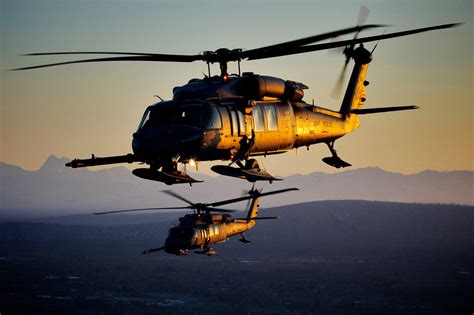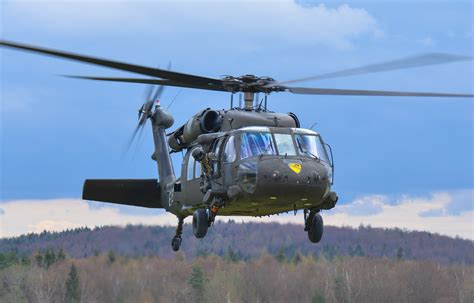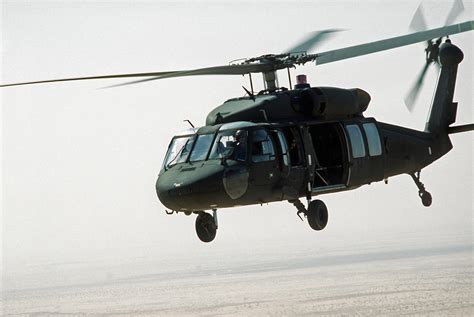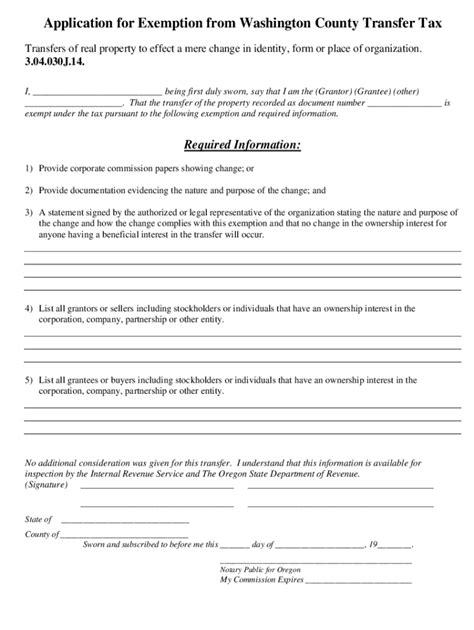The United States military has a long history of utilizing helicopters in various combat and non-combat roles. From the early days of the Korean War to the present day, military helicopters have played a crucial part in the country’s defense strategy. With their versatility, maneuverability, and ability to operate in a wide range of environments, helicopters have become an essential component of the US military’s arsenal.
History of US Military Helicopters

The use of helicopters in the US military dates back to the 1940s, when the first helicopters were introduced during World War II. However, it was during the Korean War that helicopters first saw widespread use, primarily for medical evacuation and transport missions. The Bell H-13 Sioux and the Sikorsky H-19 Chickasaw were two of the most notable helicopter models used during this period. As the war progressed, the US military began to develop and deploy more advanced helicopter designs, such as the UH-1 Iroquois, which would go on to become one of the most iconic and widely used helicopters in US military history.
Types of US Military Helicopters
Today, the US military operates a diverse range of helicopters, each designed to perform specific tasks and missions. Some of the most notable types of US military helicopters include:- Attack helicopters, such as the AH-64 Apache and the AH-1Z Viper, which are designed to provide close air support and anti-armor capabilities.
- Transport helicopters, such as the UH-60 Black Hawk and the CH-47 Chinook, which are used for personnel and cargo transport, as well as medical evacuation missions.
- Reconnaissance helicopters, such as the OH-58 Kiowa and the MH-6 Little Bird, which are used for surveillance and scouting missions.
- Heavy-lift helicopters, such as the CH-53E Super Stallion, which are used for heavy cargo transport and lift operations.
| Helicopter Model | Primary Mission | Crew | Speed | Range |
|---|---|---|---|---|
| AH-64 Apache | Attack | 2 | 197 knots | 257 miles |
| UH-60 Black Hawk | Transport | 4 | 193 knots | 340 miles |
| CH-47 Chinook | Transport | 5 | 170 knots | 400 miles |

Key Features and Capabilities

US military helicopters are designed to operate in a variety of environments and conditions, from the desert landscapes of the Middle East to the dense jungles of Southeast Asia. Some of the key features and capabilities of US military helicopters include:
- Advanced avionics and navigation systems, which enable helicopters to operate in low-visibility conditions and navigate through complex terrain.
- Highly maneuverable rotor systems, which provide exceptional agility and responsiveness.
- Advanced armor and survivability features, which protect the aircraft and its crew from enemy fire.
- Integrated weapon systems, which enable helicopters to engage targets with precision and accuracy.
Current and Future Developments
The US military is continually developing and upgrading its helicopter fleet to meet the evolving needs of modern warfare. Some of the current and future developments in US military helicopters include:- The development of next-generation attack helicopters, such as the AH-64E Apache and the AH-1Z Viper.
- The introduction of advanced transport helicopters, such as the UH-60M Black Hawk and the CH-47F Chinook.
- The integration of unmanned aerial systems (UAS) and autonomous technologies into helicopter operations.
- The development of more sustainable and efficient propulsion systems, such as hybrid-electric and advanced turbine engines.
Key Points
- The US military has a long history of utilizing helicopters in various combat and non-combat roles.
- US military helicopters are designed to operate in a wide range of environments and conditions.
- Advanced avionics and navigation systems enable helicopters to operate in low-visibility conditions and navigate through complex terrain.
- The US military is continually developing and upgrading its helicopter fleet to meet the evolving needs of modern warfare.
- The integration of new technologies, such as UAS and autonomous systems, is expected to play a significant role in the future of US military helicopters.
Operational Challenges and Limitations
Despite their many advantages, US military helicopters also face several operational challenges and limitations. Some of the key challenges include:- Vulnerability to enemy fire, particularly in urban and dense terrain environments.
- Limited range and endurance, which can restrict the distance and duration of helicopter operations.
- Weather and environmental conditions, such as dust storms, fog, and extreme temperatures, which can impact helicopter performance and safety.
- Maintenance and sustainment requirements, which can be complex and resource-intensive.
What is the primary mission of the AH-64 Apache helicopter?
+The primary mission of the AH-64 Apache helicopter is to provide close air support and anti-armor capabilities.
What is the maximum speed of the UH-60 Black Hawk helicopter?
+The maximum speed of the UH-60 Black Hawk helicopter is approximately 193 knots.
What is the range of the CH-47 Chinook helicopter?
+The range of the CH-47 Chinook helicopter is approximately 400 miles.
In conclusion, US military helicopters play a vital role in the country’s defense strategy, providing a range of capabilities and advantages in various combat and non-combat roles. As the US military continues to develop and upgrade its helicopter fleet, it is likely that these aircraft will remain a crucial component of the country’s military operations for years to come. With their advanced avionics, maneuverable rotor systems, and integrated weapon systems, US military helicopters are well-equipped to operate in a wide range of environments and conditions, and to provide the necessary support and capabilities to achieve military objectives.



